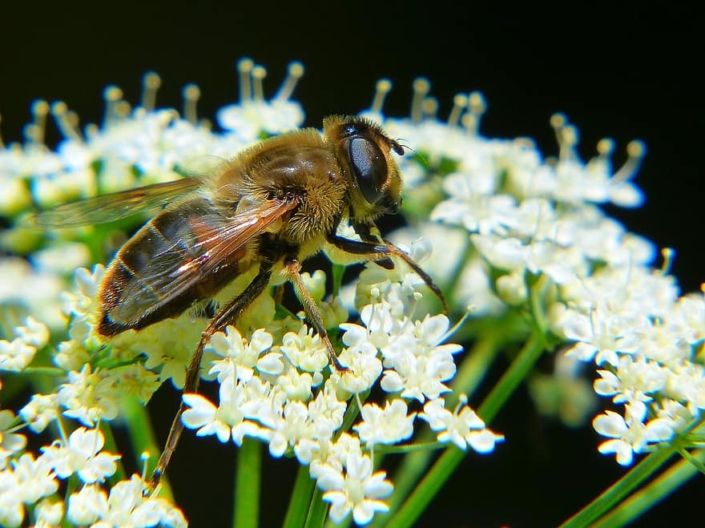Nov . 07, 2024 09:19 Back to list
fruit tree bagging products
The Benefits of Using Fruit Tree Bagging Products
As gardeners and orchardists seek to protect their crops from pests, diseases, and environmental impacts, fruit tree bagging products have emerged as an essential tool in modern agricultural practices. These innovative bags are designed for use on fruit trees, providing a range of benefits that contribute to healthier fruits and more productive orchards. In this article, we will explore the advantages of fruit tree bagging products, the various types available, and best practices for their use.
One of the primary benefits of fruit tree bagging is the protection it offers against pests. Insects like fruit flies, beetles, and other harmful critters can cause significant damage to fruit crops. By using bags, farmers can create a physical barrier that deters these pests while allowing sunlight and rain to nourish the fruit. This helps to reduce the need for chemical pesticides, promoting a more environmentally friendly approach to fruit cultivation.
In addition to pest protection, fruit tree bagging products can also shield fruits from diseases. Fungal infections and bacterial issues are often exacerbated by moisture and humidity. The use of breathable bags allows for adequate airflow, preventing the buildup of moisture around the fruit, thus minimizing the risk of rot and disease. This not only preserves the quality of the fruit but also extends the harvestable period for many varieties.
fruit tree bagging products

Furthermore, fruit bags are particularly effective in protecting fruits from environmental factors such as rain, wind, and sunburn. For instance, excessive rainfall can lead to water-soaked fruits, making them susceptible to mold. Similarly, prolonged exposure to intense sunlight can cause sunburn, affecting fruit quality and yield. Bagging fruits helps mitigate these risks, ensuring that the fruit remains intact and free from blemishes.
When it comes to the types of fruit tree bagging products available, there are various options tailored to different needs. Typically, these bags are made from materials such as paper, plastic, or mesh. Some are designed for reuse, while others are meant for single-use. Paper bags, often treated for durability, provide good UV protection and are biodegradable, making them a sustainable choice. Plastic bags, on the other hand, are more durable and can be used in a wider range of weather conditions, but care should be taken to ensure they do not retain excessive moisture.
To maximize the effectiveness of fruit tree bagging, gardeners should employ good practices when applying the bags. It is essential to bag fruits at the appropriate developmental stage, usually when they are about the size of a marble or pea. This timing prevents pest entry while allowing for adequate growth. Additionally, bags should be securely fastened to avoid wind displacement, and periodic checks should be made to ensure that bags do not cause confinement or injury as the fruit continues to grow.
In conclusion, fruit tree bagging products present a practical solution for those seeking to enhance fruit production while minimizing damage from pests, diseases, and environmental stressors. By adopting this technique, growers can enjoy healthier, cleaner fruit, reduce reliance on chemicals, and ultimately achieve a more rewarding harvest. Whether you are a hobbyist gardener or a professional orchardist, incorporating fruit tree bagging into your cultivation practices can lead to significant improvements in crop quality and yield.
-
Eco Fruit Paper Bags for Peak Freshness | Durability Focused
NewsJul.31,2025
-
Pollen Peach Tree for Pure Pollination and High-Quality Peach Pollen
NewsJul.30,2025
-
Premium Cherry Pollen for Pure Pollination & Different Types
NewsJul.30,2025
-
Artificial Pollination Solutions for Various Plant Pollen Types
NewsJul.29,2025
-
Artificial Pollination Solutions for All Plant Pollen Types
NewsJul.29,2025
-
Premium Plant Pollen for Pure Pollination & Pollen Block Solutions
NewsJul.29,2025